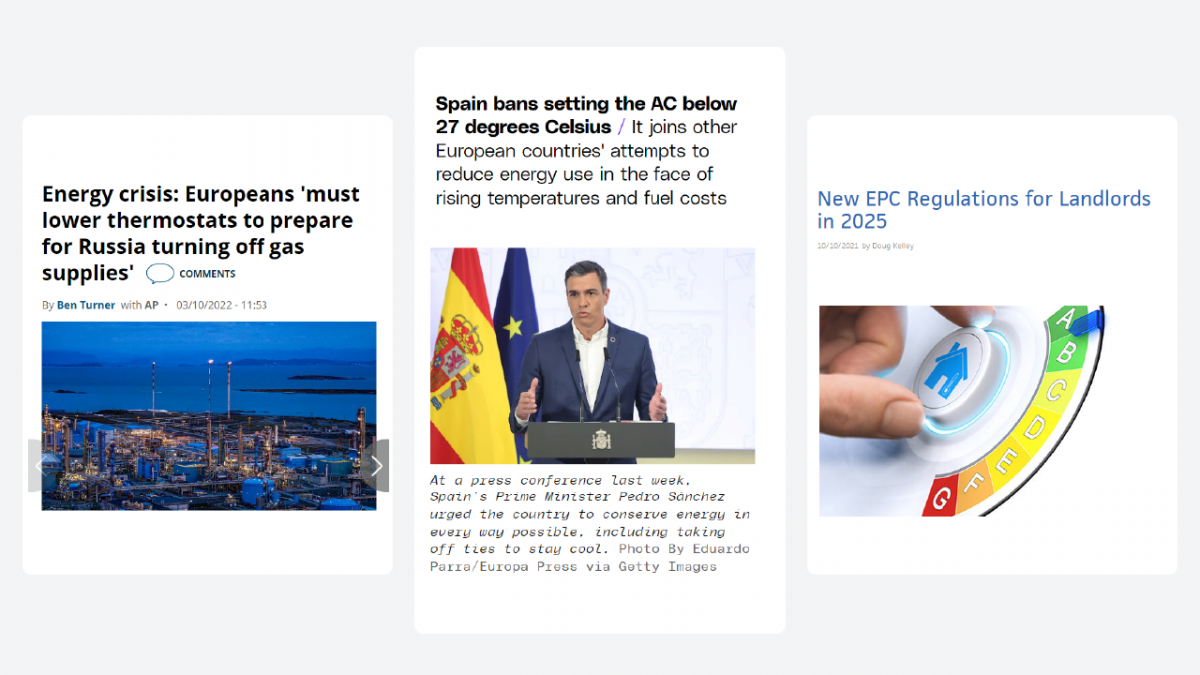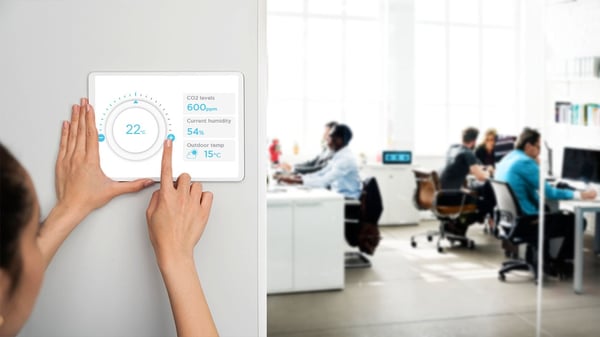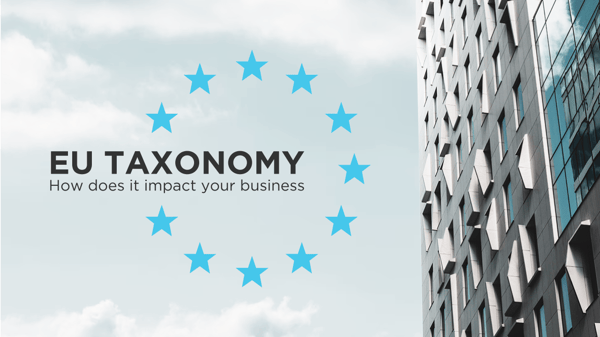New Requirements for Landlords Driven by Energy Crisis

Every Norwegian commercial building over 1,000 square meters must have a valid energy certificate. Nevertheless, it is often advantages such as bicycle parking, canteen or fitness room that is highlighted when vacant business premises are presented. But hasn’t the focus from tenants changed?
The energy crisis in Europe forces us to think energy savings
We see new articles every day about rising prices and energy shortages, and European Governments are introducing emergency actions to reduce energy consumption in public and commercial buildings. For example, the Government in Spain has banned cooling public and commercial buildings to more than 27 degrees when using air conditioning. The limit for heating in the same building will be only 19 degrees. Another action is only cold showers in public swimming pools of Germany and the German population fears rationing of energy throughout the winter.

As a long-term measure, the authorities in England and Wales have tightened the legal requirements for letting property. Today’s requirement for letting is energy labeling E, now the landlord is required to upgrade the building to meet environmental labeling C by 2025 for new leases and by the end of 2028 for existing leases. It is easy to imagine that other countries in the Paris Agreement will adopt such energy certificate requirements.
Remember that energy labeling of energy use is already mandatory in Norway when selling and rental of commercial buildings over 1,000 m2, and real estate must disclose the energy label in their marketing (3). It is also mandatory to have an energy assessment of heating and air conditioning (4).
Market forces and value of buildings
However, the commercial building industry is not driven by laws and regulations, market forces still are the strongest driver of all companies’ profitability. The Swedish pension fund Alecta has for example chosen to include environmental emissions when setting the value of potential investments – in order to strengthen its own competitiveness and attract pension savers with an interest in the environment.
In addition, the EU’s taxonomy and climate reporting will force more companies and organizations to consider the environmental impact when they purchase products and services, including leases. As a property owner or landlord, you should, and must, include the building’s energy class when you present your properties.
Get help to reduce the building’s energy consumption
Buildings currently account for 40% of global CO2 emissions, of which approx. 36% according to the EU is related directly to the operation of buildings. It can have several reasons; poor insulation, leakage or poor management of heating and cooling – reasons that all result in higher electricity bills.
But ClevAir can help, ClevAir is a cloud-based software solution that uses sensor technology and other variables such as weather and temperature. The solution controls the building’s heating and cooling for a good indoor climate and the least possible energy consumption, while also providing insight and a basis for reports, in accordance with EU-taxonomy.
Do you want to gain control over energy consumption, attract tenants and comply with legislation? Contact us for an assessment of your building.




Comments
Add Comment